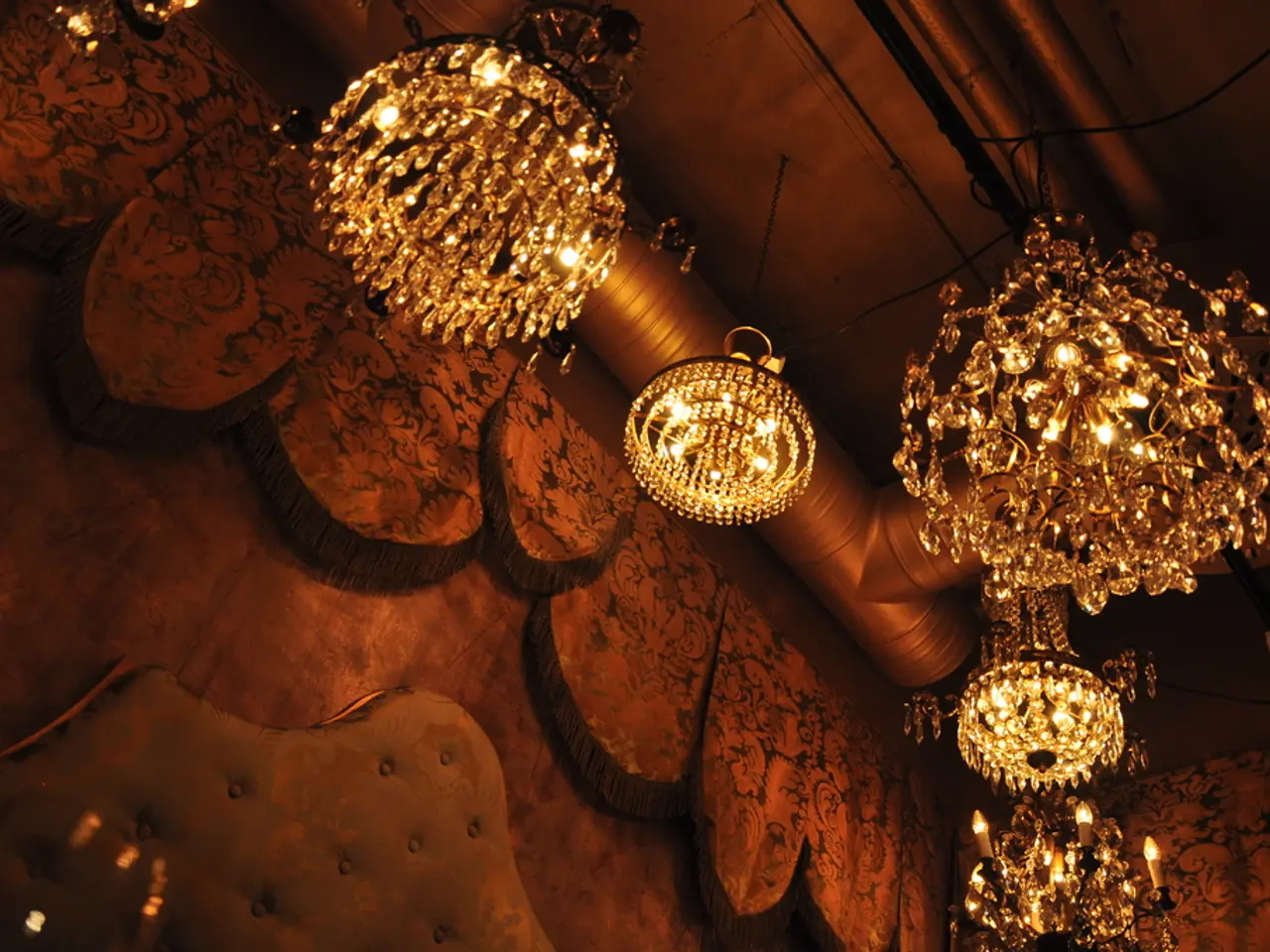Lighting Guidance: What to Do and What to Avoid
==================================================================================================
In the world of high-end residential projects, smart lighting is more than just illumination—it's a tool that enhances performance and beauty. DMF Lighting, a leading name in the industry, offers insights to help smart home integrators collaborate effectively with the design-build community, ensuring seamless integration of lighting design with architectural and aesthetic plans.
Get Involved Early
Smart home integrators are advised to get involved early in the project, ideally during the schematic design phase. This early involvement enables the integrator to influence fixture placement, wiring, and control zones from the start, preventing costly rework and ensuring lighting integrates seamlessly with architectural and aesthetic plans.
Position Yourself as a Design Partner
By attending initial design meetings, integrators can align lighting technology with the overall vision of the space. Positioning yourself as a design partner from day one is crucial to creating coherent lighting plans that complement the design goals of the project.
Use DMF’s Technical Resources and Support
DMF Lighting provides technical resources and support to ensure a smooth design-to-installation process. Utilize their lighting layout tools, technical documents, and personalized design consultations to streamline collaboration and elevate project outcomes.
Educate Design-Build Partners
Many design-build partners may hold outdated assumptions about smart lighting. It's essential to educate them about the evolving capabilities of lighting, emphasizing its role as a dynamic, digital, and design-driven tool that shapes living and working experiences.
Avoid Common Pitfalls
Don't treat lighting as a last-minute decision or add it late in the project. Delayed involvement can lead to glare issues, awkward control setups, or expensive adjustments later on. Moreover, miscommunication between lighting professionals and designers can result in mismatched finishes, control confusion, and awkward compromises.
Leverage DMF’s Innovative Solutions
DMF's modular systems offer multiple beam spreads, color temperatures, and adjustable trims, allowing designers to shape light precisely around finishes, artwork, and architectural features. Their adjustable modules provide flexibility to highlight artwork or architectural details without adding bulky fixtures.
Embrace Layered Lighting
Layered lighting, consisting of ambient, task, and accent, is essential for spaces with multiple functions. This approach ensures that the right amount of light is available for various activities, enhancing comfort and functionality.
Modern Lighting and Wellness
Modern lighting impacts mood, sleep, productivity, and potentially long-term health. Systems that mimic the natural rhythm of daylight are becoming a must-have in luxury homes. Features like scene control, scheduling, and circadian lighting can enhance the user experience and energy efficiency without compromising style.
Partnering with the Design-Build Community
Smart home integrators have an opportunity to partner with the design-build community as collaborators in creating unique spaces. By embracing these collaborative roles, integrators not only improve project outcomes but also position themselves as trusted strategists for smart lighting solutions that enhance wellness, creativity, efficiency, and sustainability.
In summary, DMF Lighting experts advocate that smart home integrators must engage early, collaborate closely, educate partners, and leverage available technical resources to successfully integrate lighting design with the design-build community, thus avoiding common pitfalls and delivering exceptional, cohesive projects.
- In collaboration with the design-build community, smart home integrators can make use of smart lighting as a tool not only for illumination but also for enhancing performance and beauty, just like DMF Lighting does in high-end residential projects.
- To achieve coherent and successful lighting plans, it's advisable for integrators to position themselves as design partners by attending initial design meetings and aligning lighting technology with the overall vision of the space.
- In the world of smart homes, smart lighting is more than just a fashion-and-beauty accessory; it's a key player in shaping living and working experiences, contributing to factors like wellness, creativity, efficiency, and sustainability.




